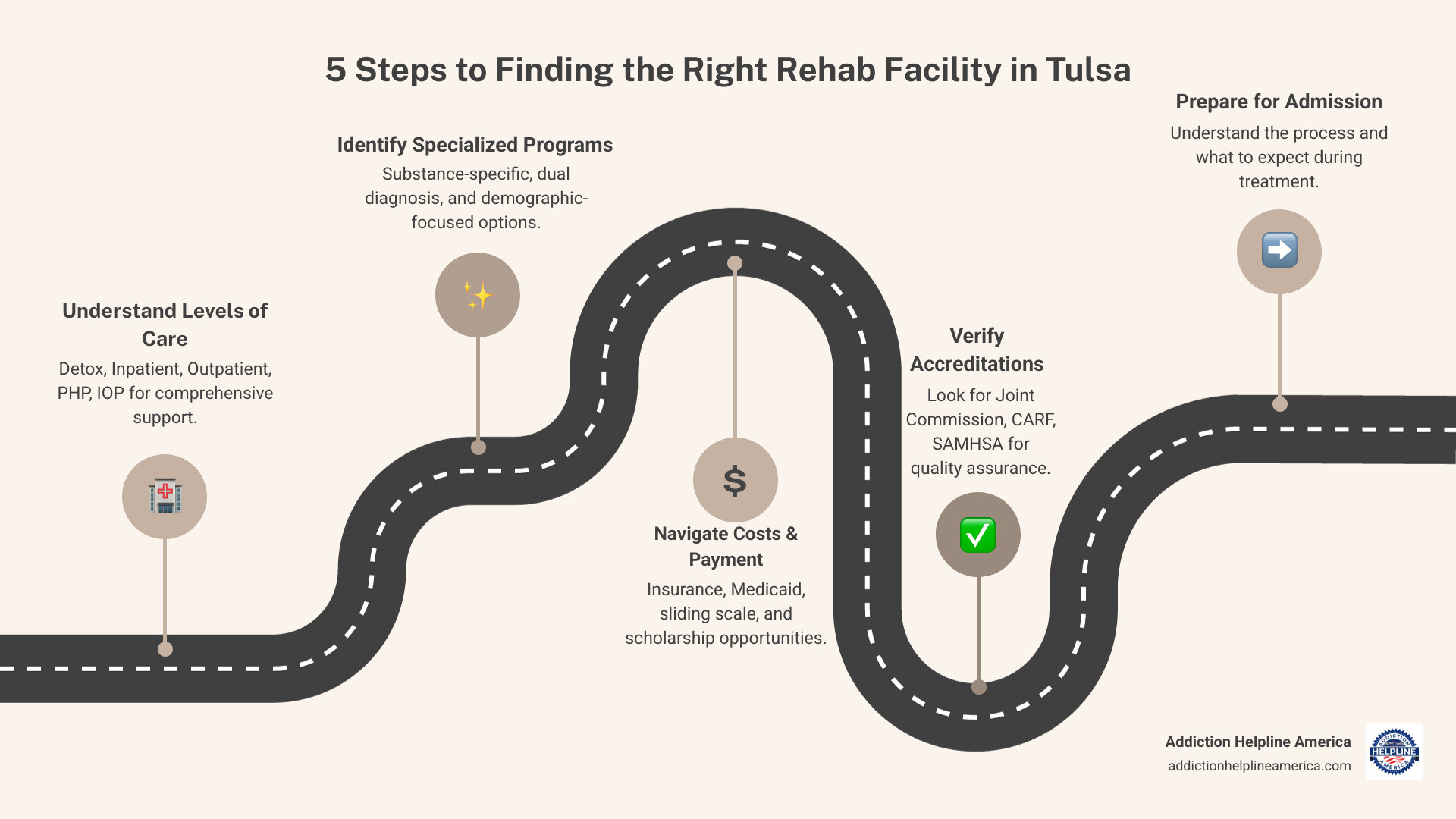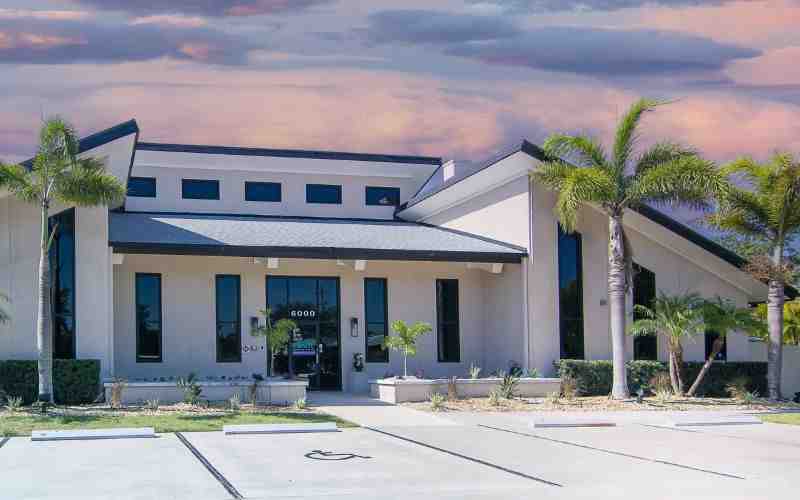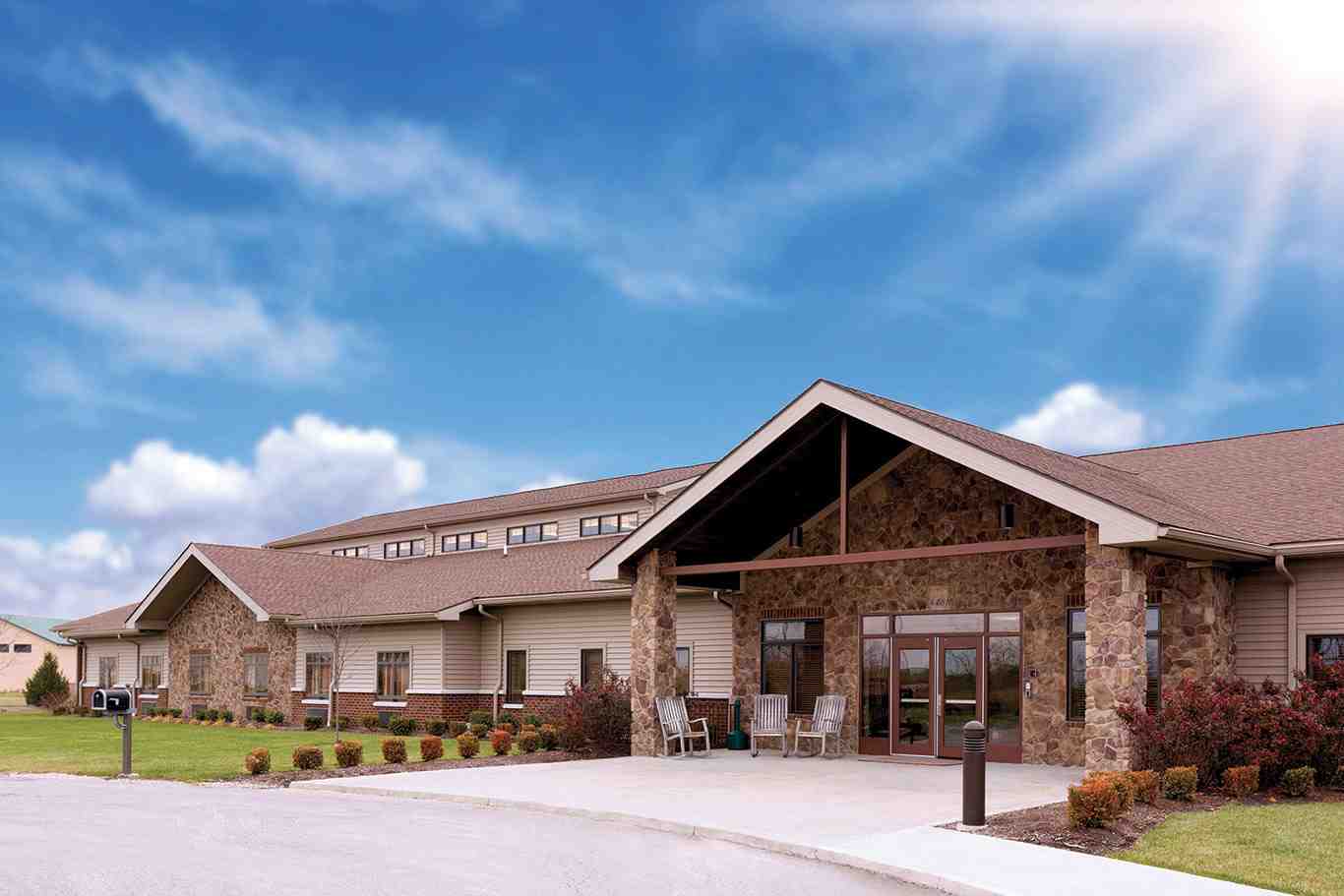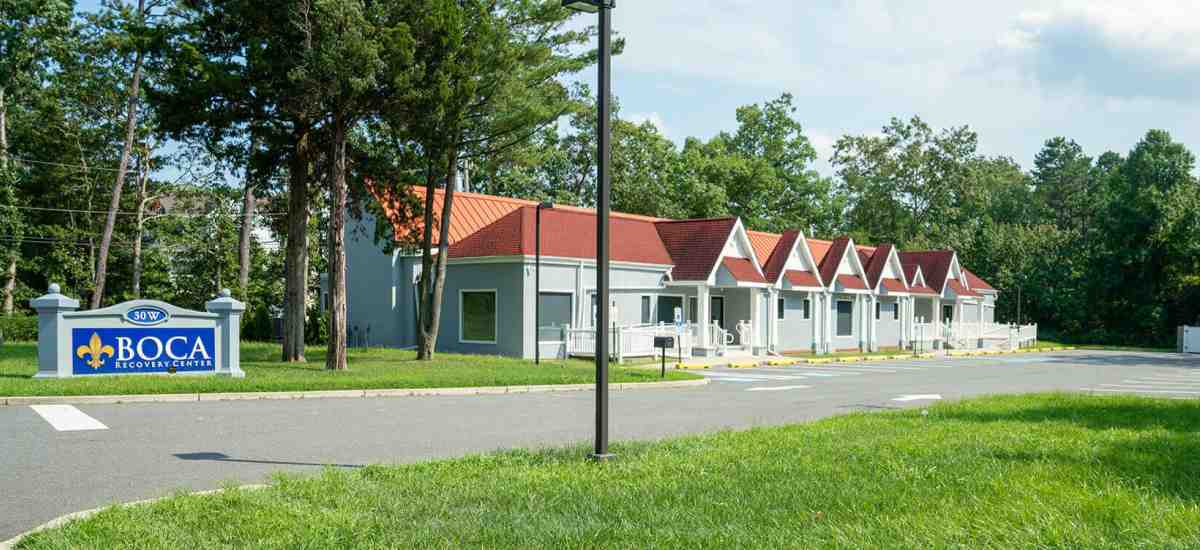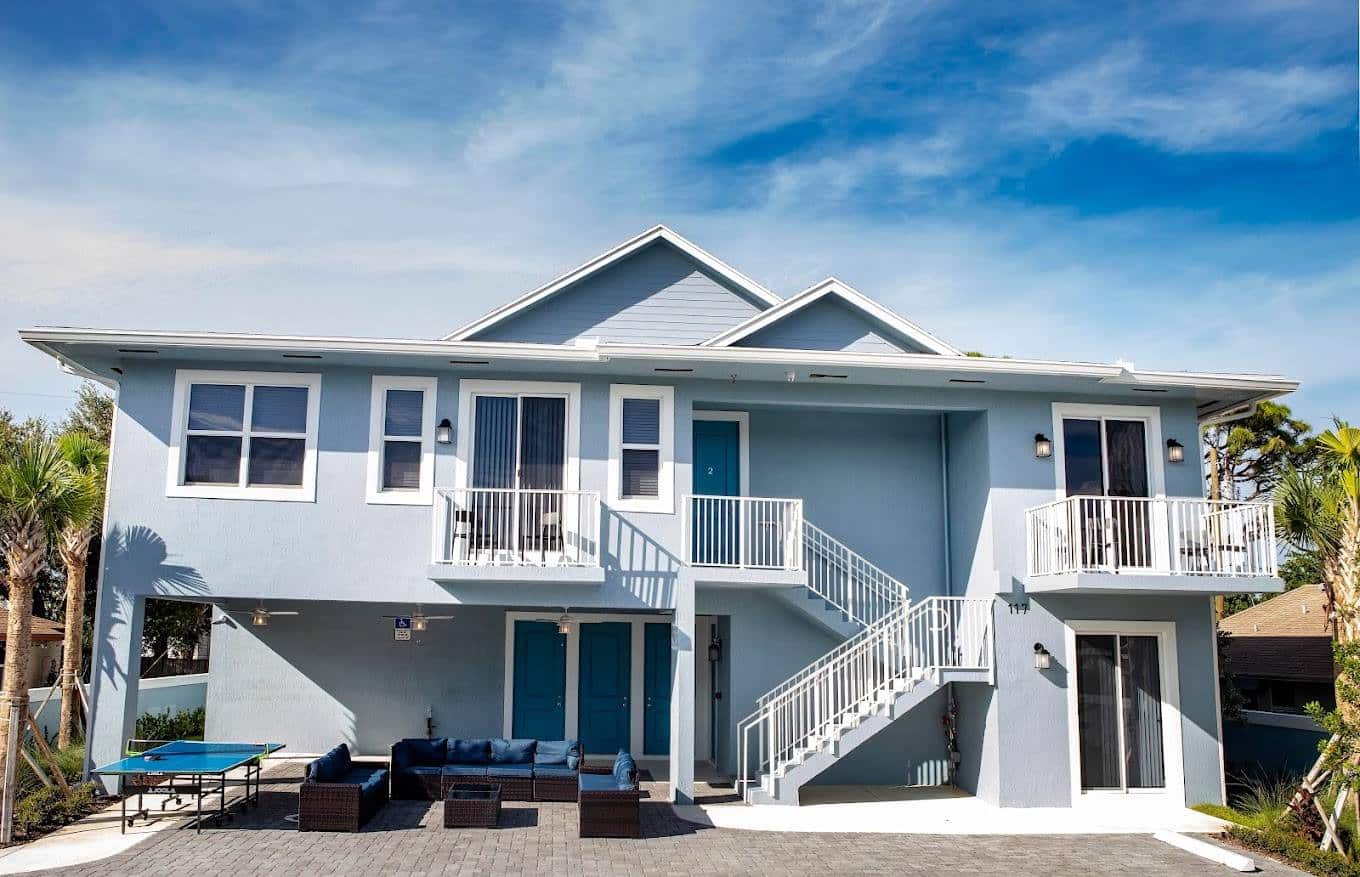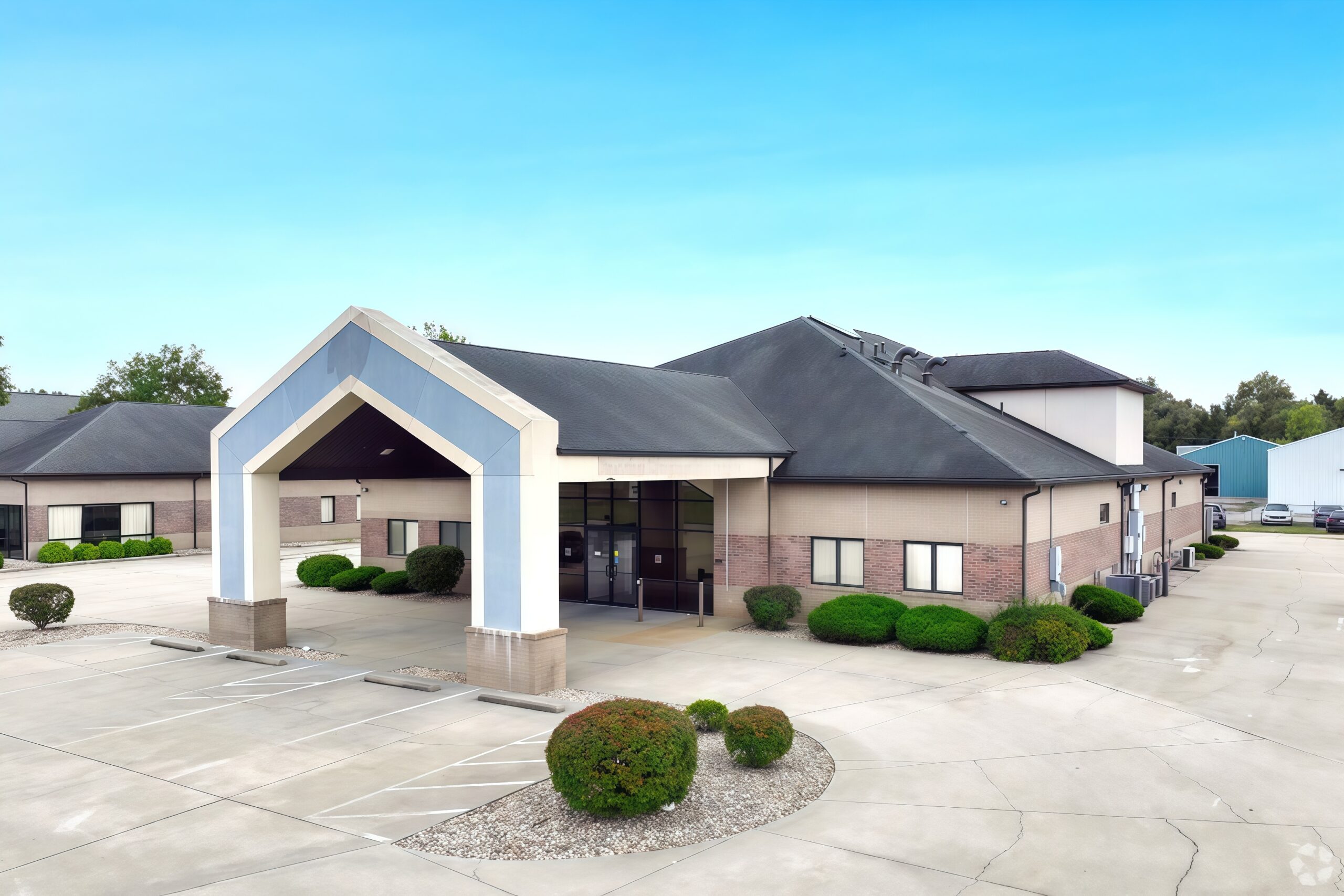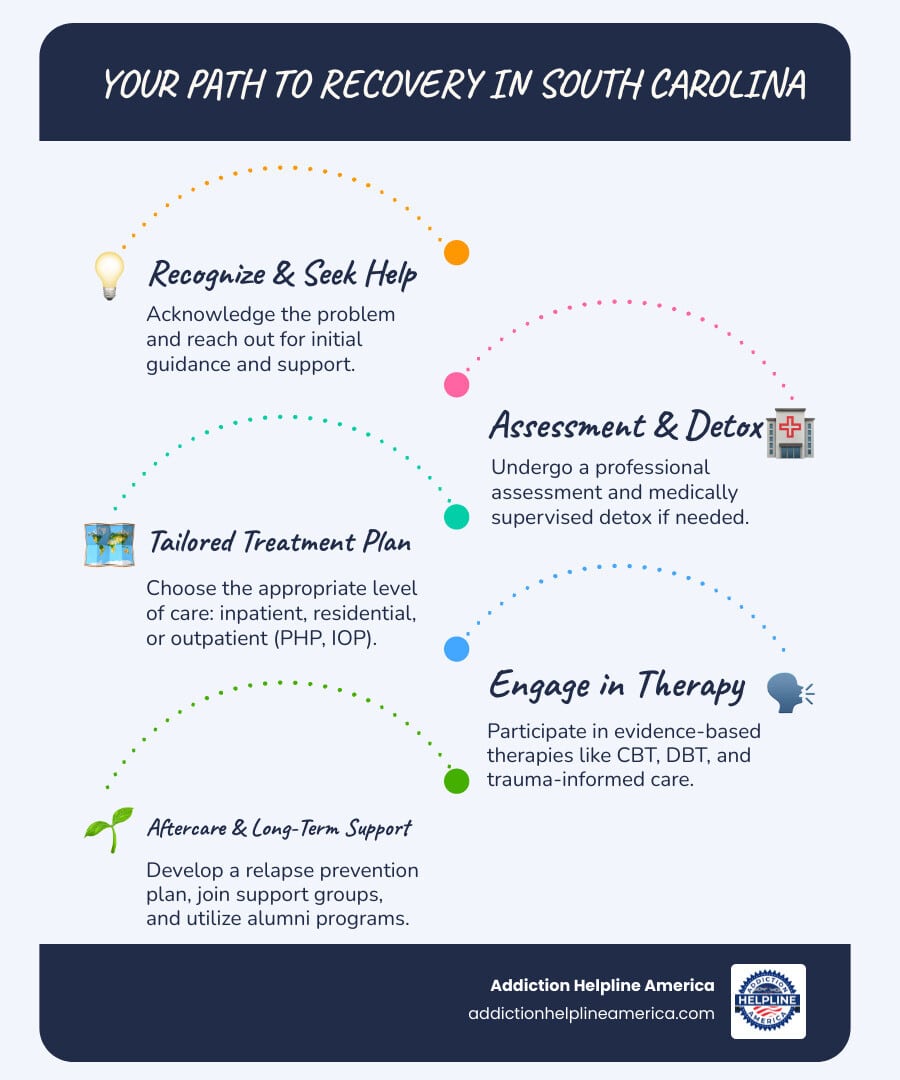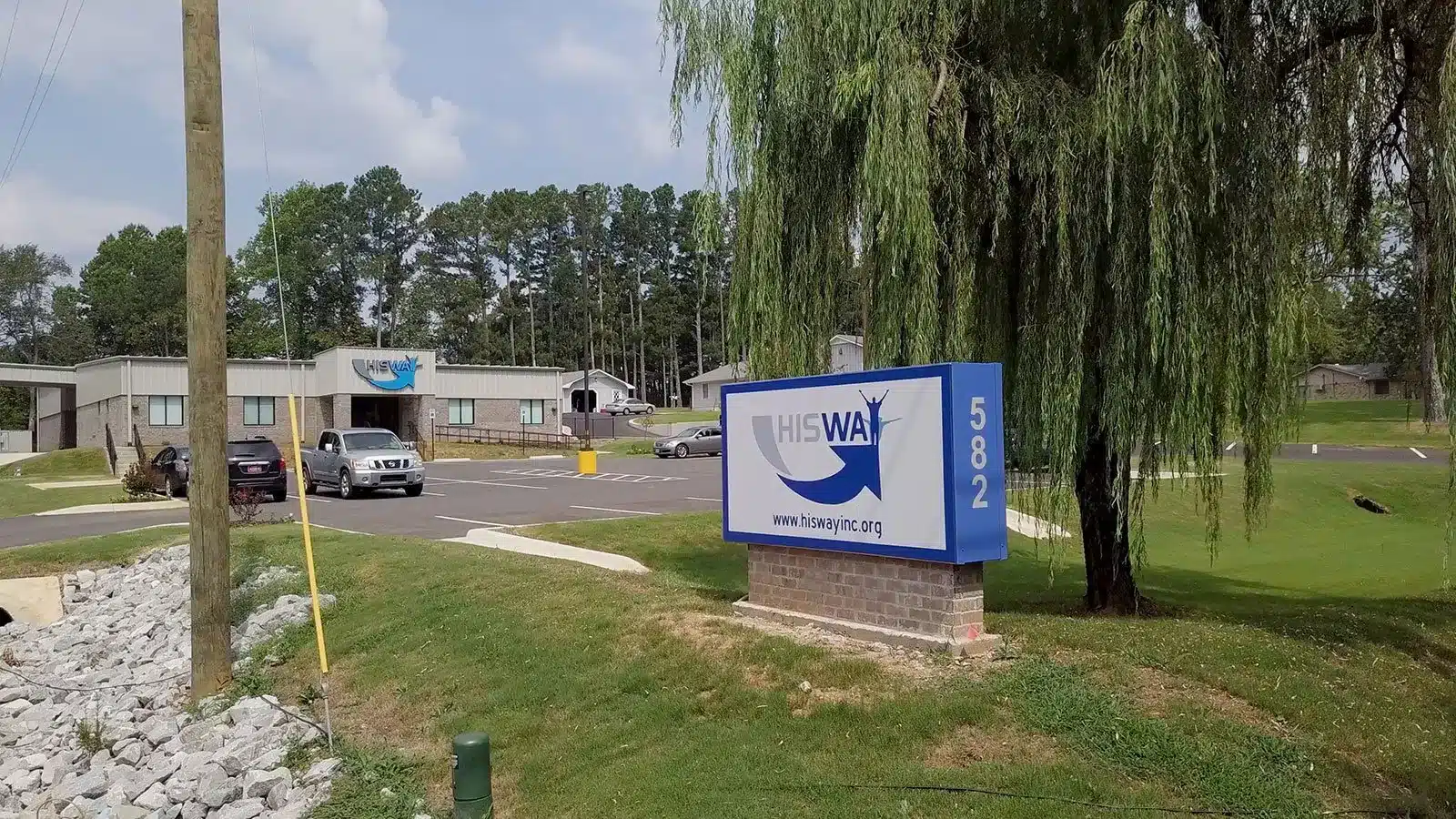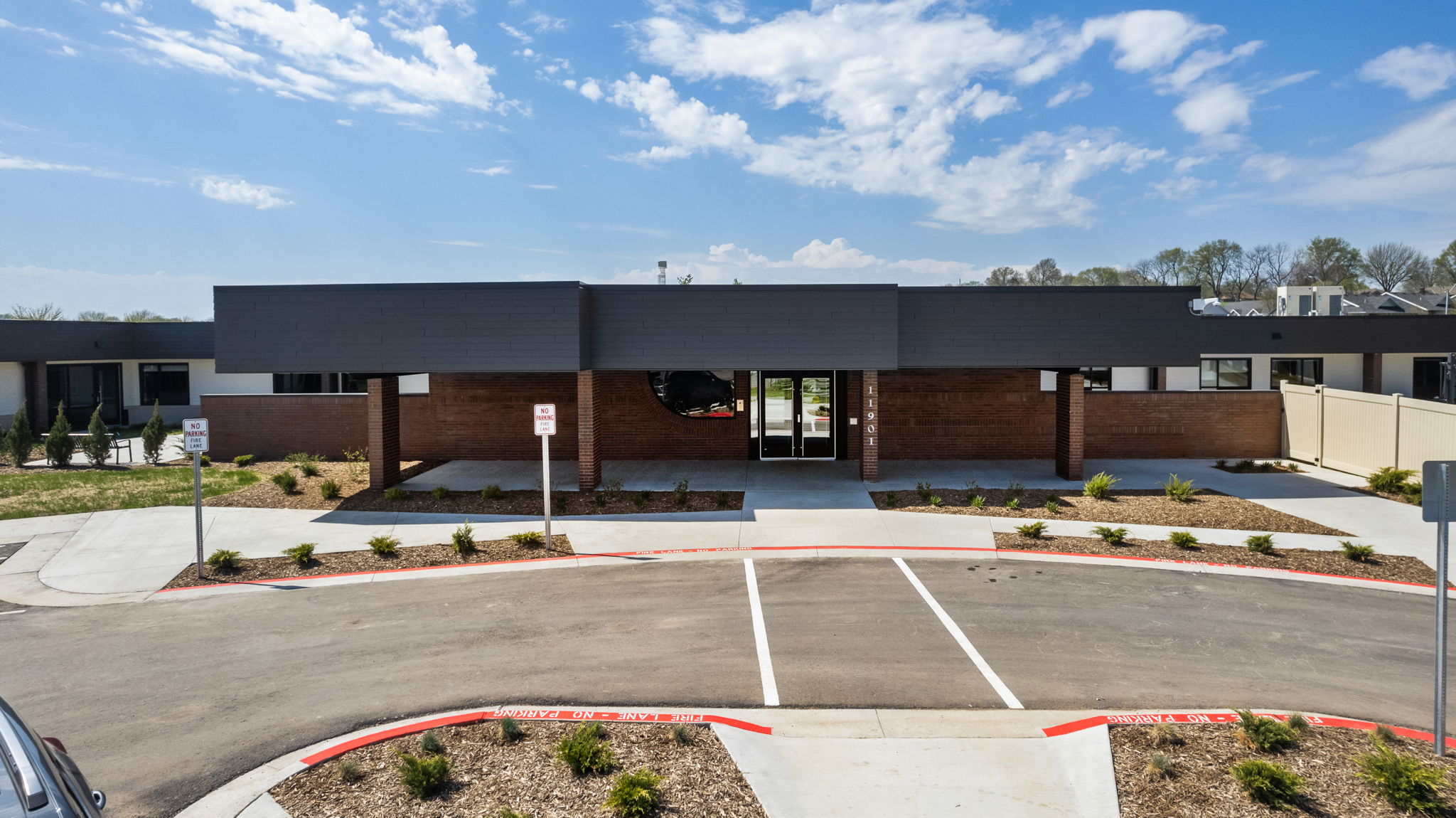
Why Finding the Right Rehab Facility in Tulsa Can Save a Life
Addiction is a pressing issue in Tulsa. In 2019, Tulsa County had the seventh highest overdose hospitalization rate in the country, and every week, 94 Oklahomans are hospitalized due to drug abuse. These aren’t just statistics—they represent lives and families in crisis. The truth is, recovery is possible, and it begins with finding the right treatment.
With over 37 rehab facilities in the Tulsa area, choosing one can feel overwhelming. They offer different levels of care, specialized programs, and payment options. For example, within 25 miles of the city center, 19 programs accept Medicaid, 14 accept self-pay, and 13 take private health insurance. This guide breaks down five practical ways to find the facility that fits your specific needs and budget.
At Addiction Helpline America, we help people connect with rehab facilities tulsa offers. Our team of specialists is available 24/7 to provide confidential guidance and help you take the first step toward recovery.
Simple guide to rehab facilities tulsa:
Way 1: Understand the Levels of Care and Treatment Types Available
When searching for rehab facilities tulsa offers, it’s crucial to understand the different levels of care. Addiction affects everyone differently, so treatment is custom to meet individual needs.
Here’s a brief overview of care levels, from most intensive to ongoing support:
- Medical Detox: The first step for many, providing safe, medically supervised withdrawal from substances like alcohol, opioids, or benzodiazepines. 24/7 monitoring and medication-assisted treatment ensure safety and comfort.
- Inpatient/Residential Treatment: Patients live at the facility, focusing entirely on recovery in a structured, trigger-free environment. It includes therapy, counseling, and holistic activities.
- Partial Hospitalization (PHP): A step down from inpatient care, offering full-day programming while allowing patients to return home or to a sober living environment at night.
- Intensive Outpatient (IOP): Provides structured therapy for several hours, three to five days a week, allowing patients to maintain work, school, or family commitments.
- Outpatient Programs (OP): The most flexible option, with weekly therapy sessions and support groups for those with milder addictions or as long-term aftercare.
Getting the right level of care is urgent. Every week, 94 Oklahomans are hospitalized due to drug abuse. Fortunately, Oklahoma has a Good Samaritan Law that protects individuals who call 911 during an overdose from prosecution, encouraging people to seek help and save lives.
For more details on local options, see more info about Tulsa rehab options.
Key Differences Between Inpatient and Outpatient Care
The choice between inpatient and outpatient care is a major decision. Neither is better; they serve different needs.
| Feature | Inpatient/Residential Rehab | Outpatient Rehab (IOP/PHP) |
|---|---|---|
| Structure | Highly structured with 24/7 supervision, removed from daily triggers. | Flexible schedule, allowing you to live at home and integrate treatment with daily life. |
| Intensity | High intensity with daily therapy, medical monitoring, and holistic activities. | Moderate to high intensity with regular therapy sessions, but less medical oversight. |
| Environment | Immersive therapeutic community focused solely on recovery. | Real-world application of coping skills in your familiar environment. |
| Cost | Generally higher due to 24/7 care, accommodation, and meals. | Generally lower as it does not include living expenses. |
| Ideal Candidate | Severe addiction, co-occurring disorders, unstable home, or history of relapse. | Milder addiction, strong home support, or step-down from inpatient care. |
Inpatient rehabilitation centers in Tulsa provide a complete break from your environment, offering 24/7 support crucial for early recovery. Programs typically last 30, 60, or 90 days. Outpatient programs offer the chance to practice recovery skills in the real world while maintaining daily responsibilities.
The right choice depends on your specific situation, including the severity of addiction, home environment, and co-occurring health issues. At Addiction Helpline America, we help you steer these questions to find the rehab facilities tulsa has that match your needs.
Way 2: Identify Specialized Programs That Fit Your Personal Needs
Effective addiction treatment is not one-size-fits-all. It must be custom to an individual’s history, mental health, and unique circumstances. Recognizing the signs of addiction—such as loss of control, continued use despite negative consequences, and withdrawal symptoms—is the first step. Once you’re ready for help, the next is finding the right type of program.
Substance-specific programs address the unique challenges of different drugs. For example, an alcohol rehab program differs from an opioid treatment program, which often uses medication-assisted treatment (MAT) like Suboxone or methadone alongside counseling.
Dual diagnosis treatment is critical for the many individuals who struggle with both addiction and a co-occurring mental health disorder like depression, anxiety, or PTSD. These integrated programs treat both conditions simultaneously, which is essential for long-term success.
Demographic-focused programs create safe spaces for healing with peers who share similar life experiences:
- Women-only centers address issues like trauma, pregnancy, and parenting.
- Men-only programs often focus on emotional expression and societal pressures.
- Veterans support programs address combat trauma and PTSD, often accepting TRICARE insurance.
- LGBTQ+ affirming care provides a non-judgmental environment to address addiction alongside issues of identity and discrimination.
- Age-specific programs for young adults (18-25) or seniors (65+) cater to the unique challenges of those life stages.
Other specialized approaches include trauma-informed care, holistic therapies (yoga, art, meditation), and 12-Step facilitation. Finding a program that fits your specific needs dramatically increases the chances of lasting recovery. For more information on services, visit More info about Oklahoma rehab services.
The Importance of Family Therapy and Support
Addiction affects the entire family. The best rehab facilities tulsa offer involve loved ones in the healing process.
Family therapy provides a safe space for communication, helping family members understand the disease of addiction and learn how to support recovery without enabling. It’s not about blame but about building healthier dynamics together.
Education for loved ones is transformative. Learning that addiction is a brain disease, not a moral failing, can replace anger with empathy. Families learn what to expect during recovery and how to create a supportive home environment.
When families heal together, they become a powerful support system that significantly reduces the risk of relapse. This network of understanding and encouragement is a protective shield for the person in recovery, helping them steer the challenges of early sobriety.
Way 3: Steer Costs and Payment for Rehab Facilities Tulsa
The cost of treatment is a major concern for many, but help is often more affordable and accessible than you think. There are multiple ways to pay for rehab facilities tulsa, so don’t let financial fears stop you from seeking care.
The average cost of addiction treatment in Tulsa is around $52,055, which is slightly lower than state and national averages. This figure typically reflects high-end care like medical detox and residential treatment. Outpatient programs cost significantly less, and most people do not pay the full amount out-of-pocket.
Private health insurance is a common way to cover costs. The Affordable Care Act requires most plans to cover substance use disorder treatment. Many Tulsa facilities accept major providers like Aetna, Blue Cross Blue Shield, and Cigna. We can help you verify your insurance to understand your coverage and potential out-of-pocket costs.
For those without insurance, self-pay or cash options are available. While residential care can be expensive, many facilities offer payment plans to make it manageable. In the Tulsa area, 14 facilities accept self-pay.
Finding Affordable and Free Treatment Options
If you’re worried about affording treatment, several options can help:
- Medicaid (SoonerCare): Oklahoma’s Medicaid program provides health coverage for low-income individuals. Nineteen rehab programs near Tulsa accept Medicaid.
- Medicare: This federal program covers treatment for individuals 65 or older and certain younger people with disabilities.
- TRICARE: Military families can access substance abuse treatment through this comprehensive healthcare program.
- Sliding Scale Fees: Many facilities adjust costs based on your income and ability to pay.
- State-Funded Programs: Oklahoma receives federal block grants to fund treatment for individuals with limited financial means.
- Rehab Scholarships: Some non-profits and rehabs offer scholarships, often funded by SAMHSA grants, which can cover some or all treatment costs.
Cost should not be a barrier to recovery. Whether you have private insurance, public assistance, or no insurance, there is a path to treatment. Contact Addiction Helpline America for confidential guidance on navigating the financial side of recovery.
Way 4: Verify Accreditations and Find Reputable Centers
When searching for rehab facilities tulsa, choose a center that offers high-quality, effective treatment. Accreditations are a seal of approval, indicating that a facility meets rigorous standards for patient safety and care.
These independent evaluations give you peace of mind that a facility is committed to excellence. Here are the key certifications to look for:
- The Joint Commission (JCAHO): A highly respected accreditor in healthcare. Its “Gold Seal of Approval” signifies a commitment to high-performance standards.
- CARF International (Commission on Accreditation of Rehabilitation Facilities): A non-profit that accredits health and human services providers, focusing on quality improvement and patient outcomes.
- SAMHSA (Substance Abuse and Mental Health Services Administration): A federal agency that provides funding and oversight for treatment programs. Facilities listed in SAMHSA’s directories typically meet federal quality standards.
- NAATP (National Association of Addiction Treatment Providers): Membership in this professional society indicates a commitment to ethical standards and best practices.
Also, be aware of red flags of predatory programs, such as unrealistic cure-rate promises, pressure for large upfront cash payments, or vague information about treatment methods. A reputable facility will be transparent about its credentials, philosophy, and pricing.
For more information on what to look for, Learn about comprehensive rehab services.
How to Use Online Resources to Find Reputable Rehab Facilities in Tulsa
The internet is a powerful tool for finding reputable rehab facilities tulsa if you know how to use it effectively.
Start by using trusted online directories that specialize in addiction treatment. These allow you to filter by location, level of care, insurance, and specific programs, making it easy to compare options.
Reading patient reviews on Google or other platforms can offer insights into a facility’s culture and quality of care. Look for consistent patterns in feedback, such as mentions of caring staff or effective therapy.
Next, verify claims on facility websites. A reputable center will proudly display its accreditations and provide detailed information about its staff and treatment approach. Ensure the information is consistent across different platforms.
Finally, don’t underestimate the value of physician referrals. Your primary care doctor or a mental health professional can often recommend reliable treatment centers based on their professional experience and your specific needs.
By combining these strategies, you can confidently identify a high-quality facility. We’re here to guide you through this process every step of the way.
Way 5: Prepare for the Admission Process and Life in Rehab
Once you’ve found a promising facility, the next step is admission. Understanding the process can reduce anxiety and build confidence. Here’s a look at what to expect when entering one of the rehab facilities tulsa has to offer.
The Admission Process
The journey begins with a phone call to an admissions counselor. This initial call is a confidential, no-judgment conversation where you can ask questions and share your concerns.
Next is a confidential assessment to understand your substance use history, mental and physical health, and personal circumstances. This information is used to create a personalized treatment plan.
During the intake procedure, you’ll complete paperwork, discuss payment, and undergo a medical evaluation to ensure your safety. If you’re starting with detox, this evaluation is crucial for managing withdrawal.
The typical length of stay varies. 30-day programs offer a solid foundation, while 60-day programs allow for deeper work. 90-day programs are often considered the gold standard for severe addiction, as research shows longer stays lead to better outcomes.
Inpatient rehab provides significant benefits, including a structured environment, 24/7 support from staff, transformative peer support, and a safe space away from triggers.
What to Expect During Your Stay
A typical day in rehab is structured to promote healing. Your schedule will likely include:
- Individual Therapy: One-on-one sessions to explore the root causes of addiction and develop coping strategies.
- Group Counseling: Sharing experiences and learning from peers in a supportive setting, often using evidence-based methods like Cognitive Behavioral Therapy (CBT).
- Educational Workshops: Learning about the science of addiction, relapse prevention, and stress management.
- Recreational & Holistic Activities: Activities like yoga, art therapy, or meditation help you reconnect with yourself and find healthy ways to manage stress.
- Family Sessions: Involving loved ones helps repair relationships and builds a strong support system for your return home.
What to pack is usually simple: comfortable clothing, alcohol-free personal hygiene products, your ID and insurance card, and any prescribed medications. A journal is also a great idea. Always check with the facility for their specific list of allowed items.
While the process may seem intimidating, you’ll find a supportive community dedicated to helping you reclaim your life. At Addiction Helpline America, we can answer your questions and connect you with the right facility.
Frequently Asked Questions about Tulsa Rehab Facilities
How do I get a loved one to go to rehab if they refuse?
It’s painful when a loved one refuses help. While you can’t force them into treatment, you can take compassionate and effective steps to encourage them.
- Approach with compassion: Start a conversation from a place of love and concern, not confrontation. Focus on specific behaviors and how they’ve affected you, rather than using labels or accusations.
- Consider a professional interventionist: A trained specialist can facilitate a structured, safe conversation with your loved one and family, increasing the chances they will accept help.
- Set healthy boundaries: Refusing to provide money or make excuses for their behavior is not a punishment; it’s an act of love that removes the cushion enabling the addiction. This forces them to face the consequences of their actions.
- Accept you cannot force treatment: Recovery is a personal choice. Keep the door open for conversation and let them know you are ready to help when they are ready to accept it.
Will I lose my job if I go to one of the rehab facilities in Tulsa?
This is a common fear, but federal laws protect your job while you seek treatment. You generally will not lose your job for going to rehab.
- The Americans with Disabilities Act (ADA): The ADA protects individuals with a history of substance use disorder from workplace discrimination. Your employer cannot fire you for seeking treatment for a recognized medical condition.
- The Family and Medical Leave Act (FMLA): The FMLA allows eligible employees to take up to 12 weeks of unpaid, job-protected leave for medical reasons, including addiction treatment.
Communicating with your employer’s HR department about needing medical leave is often a wise step. Most residential facilities do not permit remote work, as focusing completely on recovery is essential for success.
Are cellphones allowed in Tulsa rehab facilities?
Policies vary, but most rehab facilities tulsa have restrictions on cellphone use, especially in the beginning.
Many inpatient programs have an initial blackout period, often lasting from 7 to 30 days, where phones and electronics are not allowed. This is a therapeutic measure designed to help you disconnect from outside stressors and triggers, allowing you to immerse yourself fully in the recovery process.
After this initial period, many facilities permit scheduled communication times, such as supervised phone calls with family. As you progress through the program, phone privileges may increase.
Outpatient programs are much more flexible. Since you live at home, phone use is generally unrestricted outside of therapy sessions. However, you will be expected to put your phone away during treatment activities to ensure you and others can focus.
Always ask about a facility’s specific electronics policy during the admissions process. Our team at Addiction Helpline America can help you find answers to these and other questions.
Conclusion
We’ve covered five practical ways to find the right rehab facilities tulsa offers—from understanding levels of care and specialized programs to navigating costs and preparing for admission. The addiction statistics in Tulsa are serious, but they don’t tell the whole story. Recovery happens every day, and countless individuals have reclaimed their futures through treatment.
Whether you need intensive inpatient care or a flexible outpatient program, options are available. Financial barriers shouldn’t stop you, as private insurance, Medicaid, and other assistance programs can make treatment accessible.
At Addiction Helpline America, we believe no one should face addiction alone. Our team is available 24/7 to provide free, confidential, and personalized guidance. We’re here to help you steer your options and take the first step toward a healthier, sober life.
Your story doesn’t have to end with addiction. A better future is within reach, and we’re here to help you find it.
Our helpline is 100%
free & confidential
If you or someone you care about is struggling with drug or alcohol addiction, we can help you explore your recovery options. Don’t face this challenge alone—seek support from us.
Programs
Resources
Will my insurance
cover addiction
treatment?
We're ready to help
Find the best
drug or alcohol treatment
center
Are you or a loved one struggling with addiction? Call today to speak to a treatment expert.

